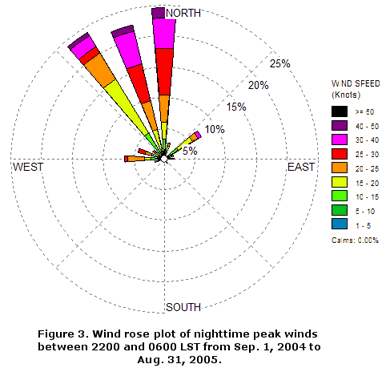

You can always choose to create a Visio file by signing in. If you're not signed in, then the diagram is part of your Excel workbook instead. If you're signed in, the diagram is saved as a Visio file in your OneDrive or SharePoint location. That process may take a minute. The templates come with different layout and theme options that can be further customized in Visio. This will insert a sample diagram and its data-linked table. If you see a security message regarding the add-in, select Trust this add-in.Ĭross-functional flowchart based on Excel data Modify the data-linked table to customize your diagramĬhoose a diagram type and then select the template you'd like to work with. In the Office Add-ins Store, search for “Data Visualizer", and then select Add. You can also save your file locally to your computer.Įnsure that an empty cell is selected in the workbook. Save the workbook to a OneDrive or SharePoint location for seamless sharing and the optimal experience.

Open Excel and create a new Blank workbook. Read The Data Visualizer add-in is designed for Microsoft 365 work and school accounts for more details.) It just means that the features available to you are somewhat limited. (If the only Microsoft account you have is a personal one-that is,, ,, or msn.com-you can still try out parts of the Data Visualizer add-in without signing in. The Data Visualizer add-in is available for Excel on PC, Mac, and the browser with a Microsoft 365 work or school account. Start with the Visio Data Visualizer add-in A complete list of the languages is shown at the end of this article. Consider this and your terrain when designing with winds at a pedestrian level.Note: The Visio Data Visualizer add-in is supported in all the languages supported by Visio for the web. When wind data is collected at airports, it is typically measured at 10 m (30 ft) above ground. However, by understanding basic concepts of air movements, you can adjust the wind data to better suit the site location and simulate more accurate scenarios. It is often the case that the wind patterns measured at the airport are very different than the wind patterns of nearby sites.
ROSE DIAGRAM SOFTWARE SOFTWARE
While weather data from software tools can provide a basic understanding of wind patterns, the best way to get accurate data is to perform real measurements at the site itself.Ĭlimate data, including wind patterns, mostly comes from airports. Of the winds from the WNW direction, wind speeds are most often in the 19 mph and 25 mph range. In this sample, Speed Distribution wind rose (an annual wind rose from Boston, Massachusetts), winds from the WNW direction is most common (more than 10% of annual hours). The radial length of each spoke around the circle is the percentage of time that the wind blows from that direction. Each spoke is divided by color into wind speed ranges. This chart shows the frequency and speed of wind blowing from each direction.Īs you move outward on the radial scale, the frequency associated with wind coming from that direction increases. Wind can vary a lot by site and the provided weather data may not be accurate for you) (But make sure this data is valid for your site. In Insight you can produce tri-monthly Wind Rose charts to observe how wind patterns change throughout the year. Wind roses can be a yearly average, or can be made for specific seasons some even include air temperature information. Wind rose diagrams help you visualize wind patterns at a site. Use them to better inform your design decisions, but be aware of unique microclimates and site considerations that wind rose diagrams will not capture.Ī "wind rose" diagram is the most common way of displaying wind data, and can be measured in a “speed distribution” or a “frequency distribution".


 0 kommentar(er)
0 kommentar(er)
